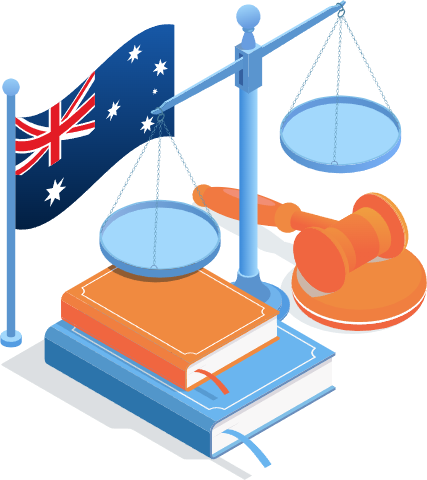Enhancing and Strengthening Australia's AML/CTF Regime
Australia is committed to safeguarding the integrity of its financial system and countering the threats posed by money laundering and terrorism financing. To ensure a robust and responsive Anti-Money Laundering and Counter-Terrorism Financing (AML/CTF) regime, the Australian Government has initiated a public consultation on the proposed reforms.
These reforms aim to simplify and modernise the regime's operations. They extend coverage to high-risk professions, including lawyers, accountants, trust and company service providers, real estate agents, and dealers in precious metals and stones - collectively referred to as Tranche 2 entities.
























































